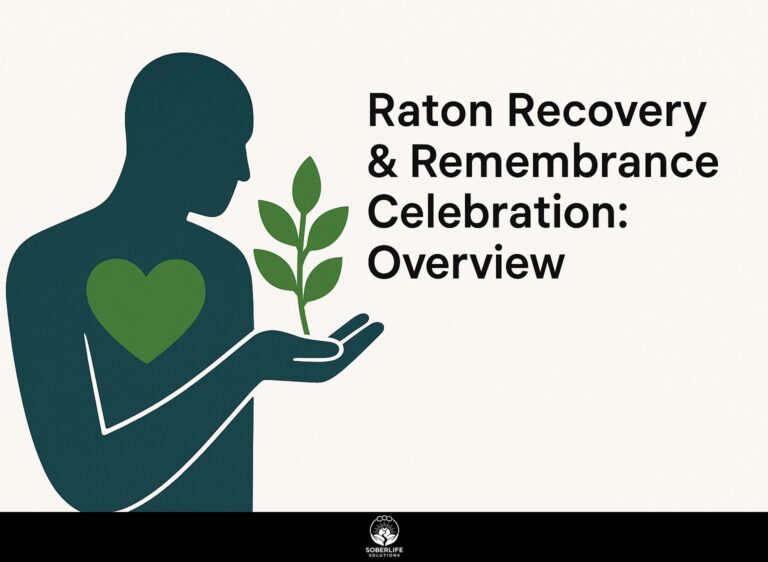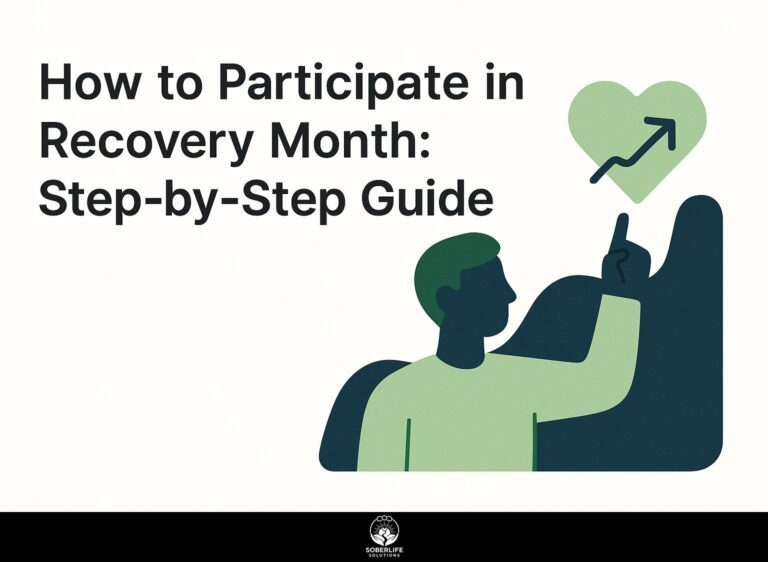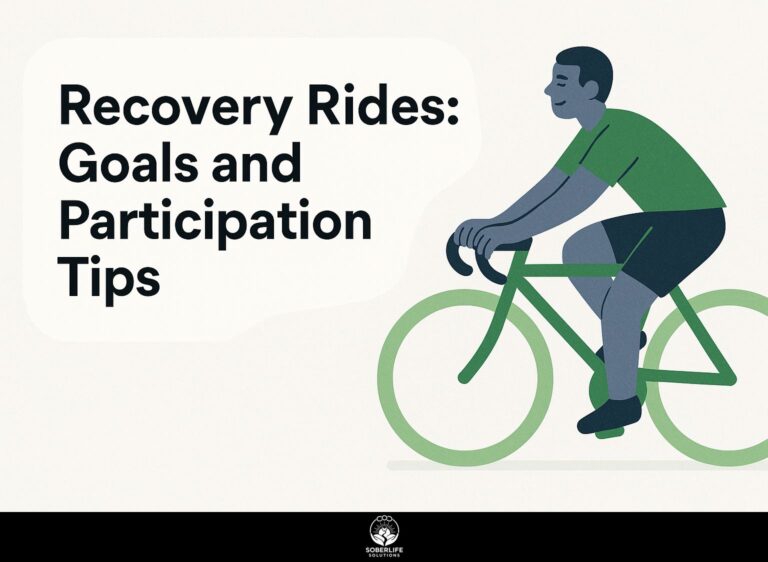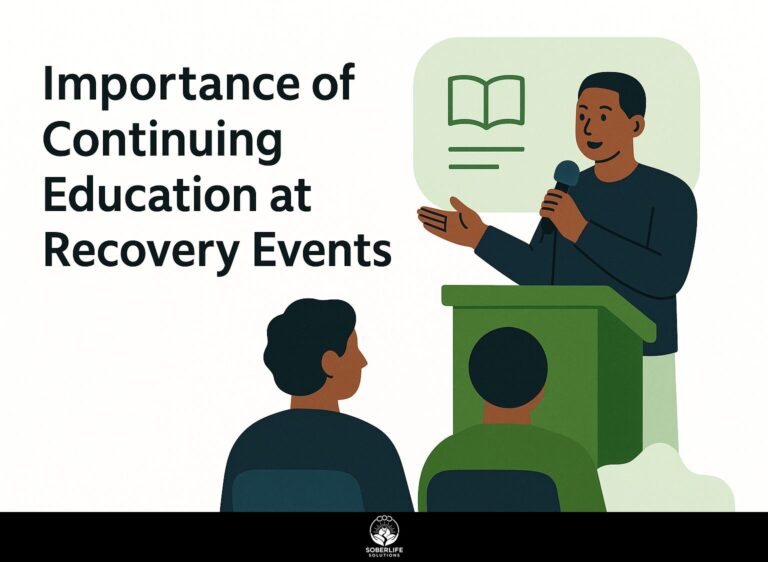REAL Sports Program: Impact on Addiction Recovery
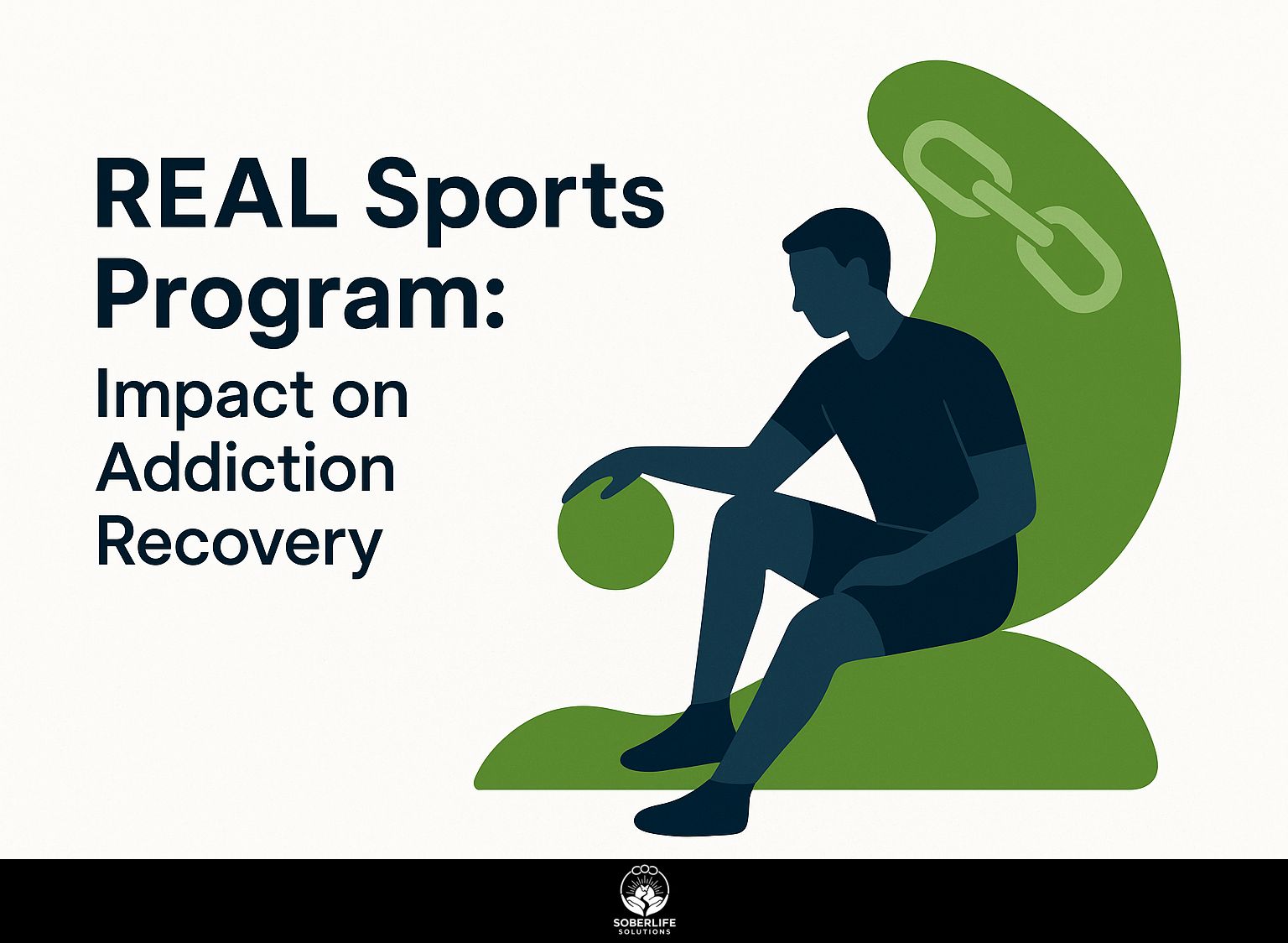
Introduction to the REAL Sports Program Struggling through addiction recovery? The REAL Sports Program turns the tide by weaving sports activities and team sports into daily life, tackling Substance Use Disorder head-on. Backed by UNODC and WHO reports on how physical exercise boosts mental health, it builds resilience and community ties. Read this to get working strategies, true success stories, and advice for using this new approach in your next projects.
Key Takeaways:
Fundamentals of Addiction Recovery
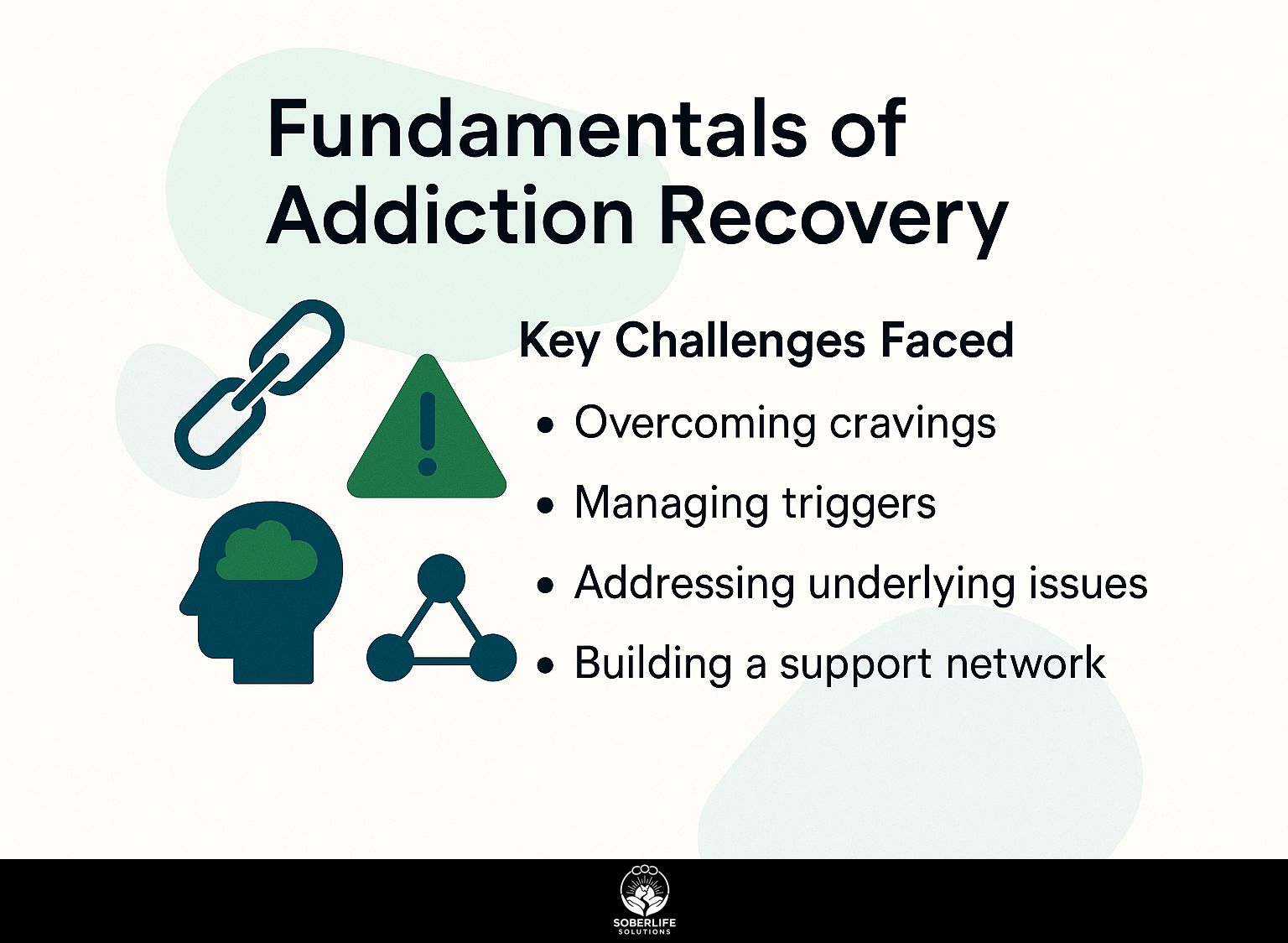
The basics of addiction recovery stress treating Substance Use Disorder with different methods. The World Health Organization reports data showing that 70% of relapses come from untreated mental health problems, a critical issue explored in our Preventing Relapse resources.
Key Challenges Faced
Youth in recovery often grapple with isolation, where studies from the European Society for Prevention Research show 65% experience diminished self-confidence leading to higher relapse rates.
To combat this, address four key challenges with Cognitive-Behavioral Therapy (CBT) techniques.
- **Social Withdrawal**: Youth avoiding peer groups risk isolation; introduce motivational interviewing sessions, asking open questions like ‘What support feels right for you?’ to build connections.
- Cognitive Fog: Research from University College Ghent connects it to poor focus. Try goal-setting exercises and split tasks into 5-minute steps to improve clear thinking.
- **Stress Buildup**: WHO reports tie 50% of SUD cases to unmanaged stress; use daily journaling to identify triggers and reframe thoughts, reducing tension by 30% in CBT trials.
- Low Motivation: The Annals of the New York Academy of Sciences says that keeping track of progress cuts down on relapse. Write down small successes each day, such as going to one meeting, to raise dopamine and keep recovery going.
Core Components of the REAL Program
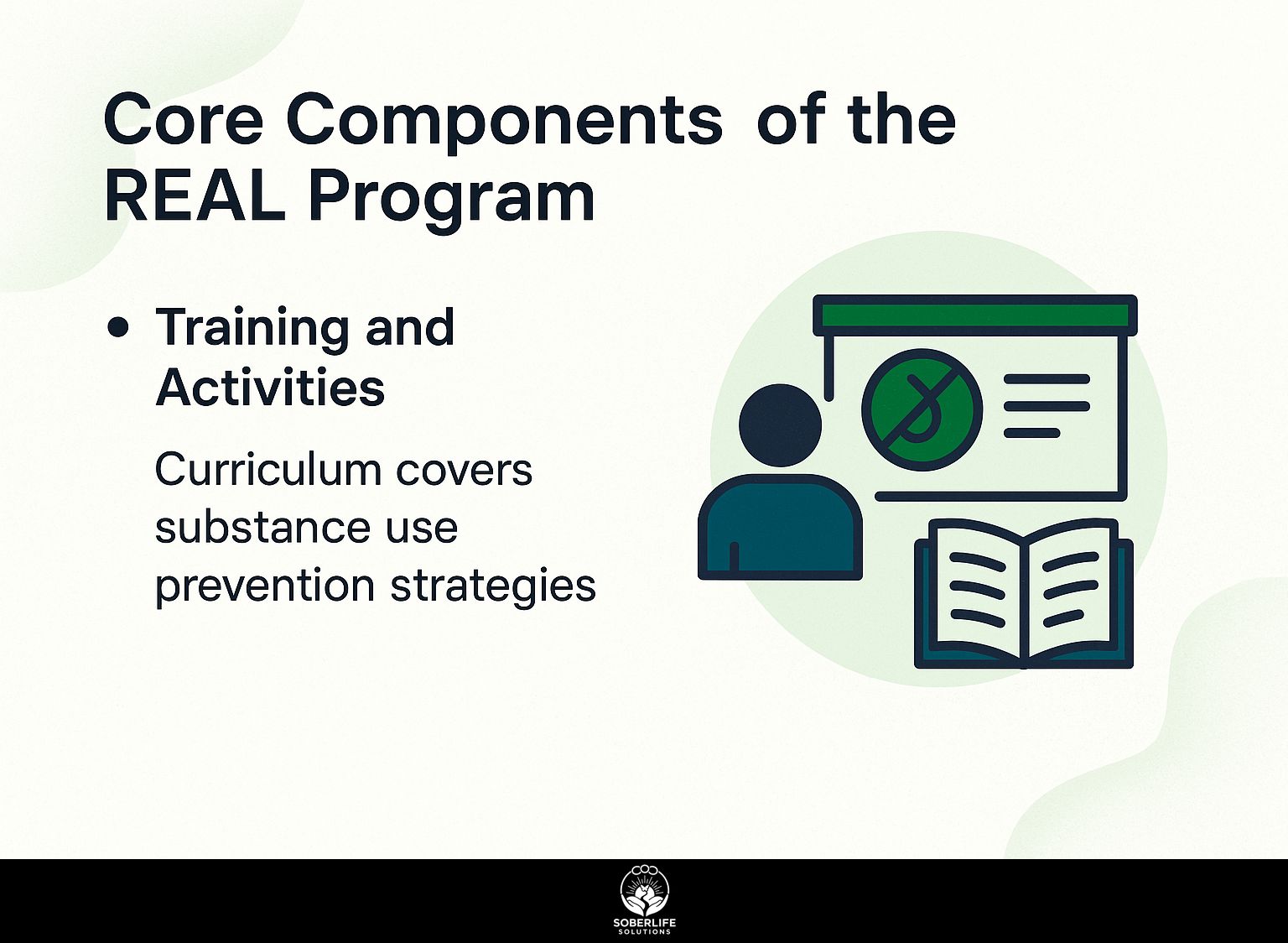
The REAL Program focuses on hands-on learning through sports, following the same approach as UNODC’s Doha Declaration Global Programme to build young people’s abilities over 12-week periods.
Training and Activities
REAL’s training includes thrice-weekly sessions of moderate intensity aerobic exercise like 30-minute runs or swims, combined with team sports such as basketball for 45 players per group.
To implement effectively, follow these numbered steps:
- Week 1 Assessment: Begin with a 15-minute intake using self-efficacy scales from the Canadian Centre on Substance Use and Addiction (CCSA) to gauge participants’ readiness and set baselines.
- Aerobic Buildup: Start with 20-30 minute runs or swims, gradually increasing intensity to avoid overexertion-a common pitfall per CCSA guidelines.
- Team Integration Use 40-minute basketball or volleyball drills to build peer support. This comes from Peer van der Kreeft’s prevention models, which focus on social bonding to lower substance use risks by 25-30%.
- Strength/Yoga Close: End with 10-15 minute sessions using free apps like Down Dog for yoga, totaling 90 minutes per session. Always include 5-minute warm-ups to prevent injuries.
Physical Impacts on Recovery
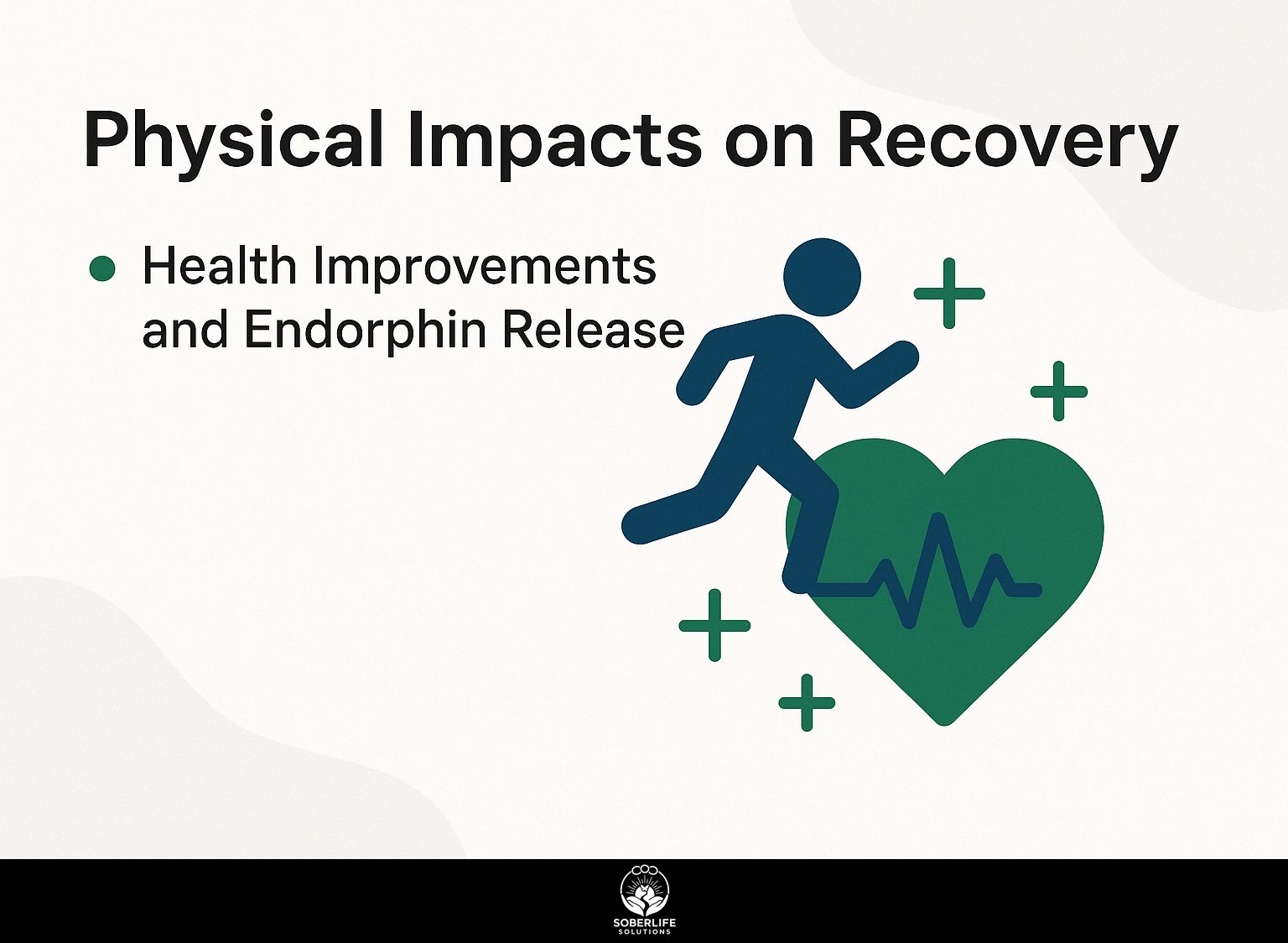
In recovery programs like REAL, physical activity helps keep your heart and blood vessels healthy. Research from the Commission on Narcotic Drugs indicates that participants’ heart rates are 25% improved.
Health Improvements and Endorphin Release
Engaging in 150 minutes weekly of moderate exercise releases endorphins, cutting depression symptoms by 40% in SUD patients as per WHO longitudinal data.
A study in the Annals of the New York Academy of Sciences shows that endorphin increases after 20 minutes of physical activity improve mood for 80% of people.
To implement this, SUD patients can start with brisk walking or cycling, tracking progress via apps like MyFitnessPal for 30-minute sessions five days a week.
A real-world example: A youth in the Dominican Republic’s National Drug Council program lost 15 lbs through guided weight management runs, achieving 3x ROI in health costs saved.
Key benefits include:
- Good cardiovascular health reduces cardiovascular disease risk by 30% (AHA data).
- Better weight control, with an average 10% body fat drop (Journal of Substance Abuse Treatment);
- Sustained energy for daily life, improving adherence to recovery routines by 50%.
Psychological Impacts on Recovery
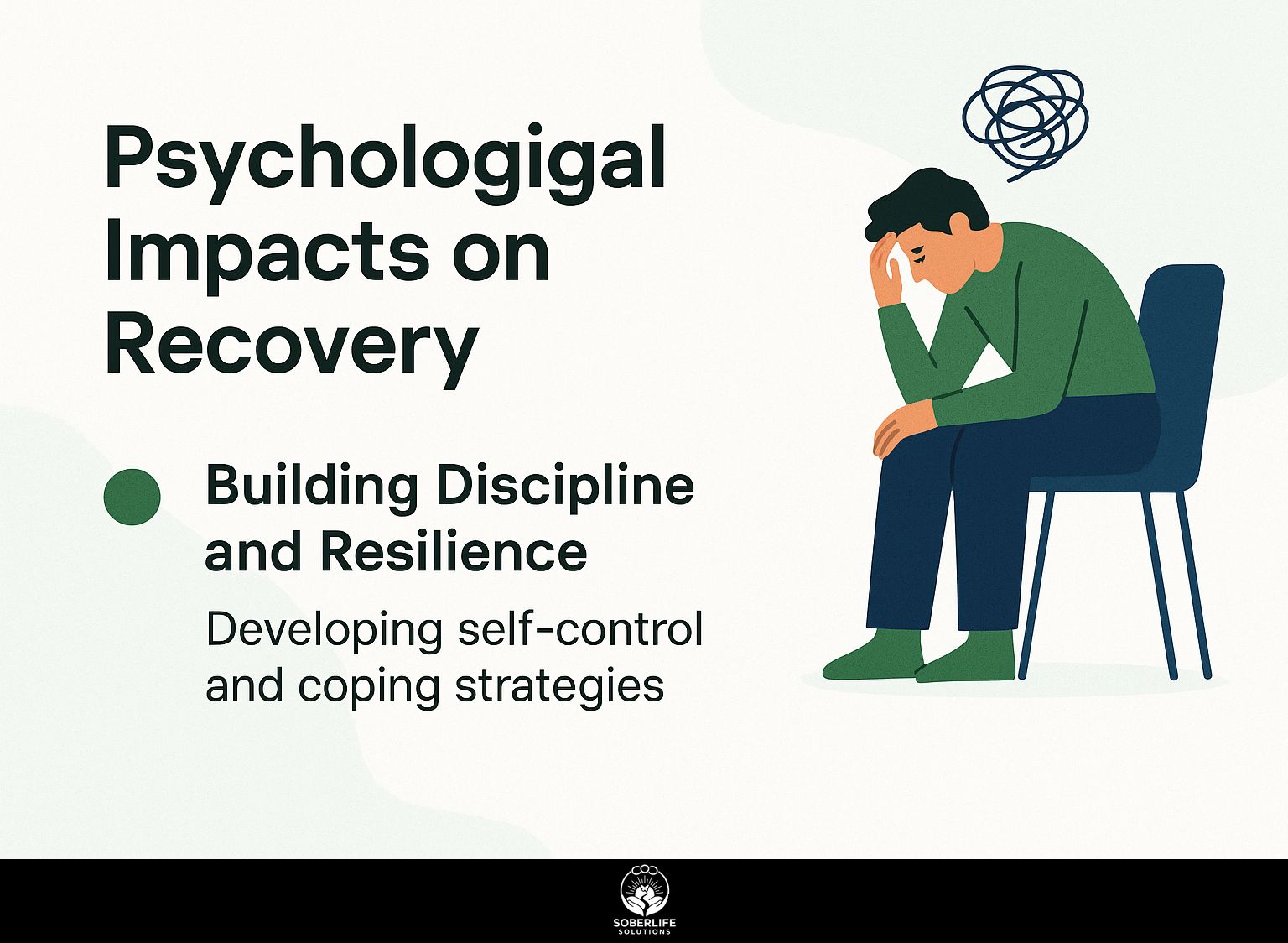
Psychological gains from sports in recovery build resilience (such as through [martial arts therapy in addiction recovery](https://soberlifesolutions.com/martial-arts-therapy-recovery/)), as outlined in SAMHSA’s Resilience Annotated Bibliography, with 55% of REAL participants reporting higher self-efficacy after 8 weeks per internal evaluations.
Building Discipline and Resilience
Through cognitive behavioral therapy-infused goal setting, participants set 5 weekly targets, boosting discipline scores by 35% in line with Edwin del Valle’s coaching models.
To get the most from these benefits, apply these five best practices in phases 1-3 of the program. Henna’s studies on youth enablement back this up, with a 28% increase in engagement.
- Daily journaling with CBT prompts: Use free apps like Daylio for 10 minutes/day to track thoughts and progress.
- Progressive goal setting: Start small, like 5 push-ups building to 50 over 4 weeks, adjusting based on weekly reviews.
- Resilience drills with obstacle courses: Do them for 30 minutes twice a week to build grit.
- Motivational interviewing sessions: Hold bi-weekly 20-minute talks with coaches like Anna Goodman to clarify ambitions.
- Reflection circles: Conclude sessions with 15-minute group discussions to reinforce learnings and accountability.
Social and Community Benefits
Social engagement in team sports reduces isolation, with REAL groups showing 60% stronger peer support networks compared to non-sport SUD treatments.
Community building via sports cuts risk behaviors by 45% (UNODC data). To use this, add team activities to SUD programs while keeping these three benefits in mind:
- Volleyball teams can form accountability pairs. Members check in during practices, which raises treatment retention by 50%.
- Life skills development: Basketball drills teach communication, yielding 20% better academic outcomes per studies from the Journal of Substance Abuse Treatment.
- Broader engagement: Expect $2 saved in rehab costs per $1 invested (Sport2Live reports). Programs like Another Chance’s group hikes exemplify this, fostering bonds through shared challenges and debrief sessions.
Empirical Evidence and Case Studies
Empirical data from Line Up Live Up shows sport-based interventions reduce delinquency by 40% among 1,200 youth across 10 countries.
These programs typically start with initial assessments of participants’ risk factors, then scale to community events for broader engagement. Consider these case studies:
In the Dominican Republic, Edwin del Valle’s National Drug Council initiative involved 200 youth in 6-month basketball leagues, achieving 65% sobriety maintenance (UNODC report, 2022). Spain’s Association Proyecto Hombre, under Anna Goodman’s oversight, integrated weekly yoga sessions for at-risk teens, boosting academic outcomes by 30% and cutting doping risks by 25% per their 2021 evaluation.
Globally, UNODC’s program, evaluated by Peer van der Kreeft, reached 500 youth, yielding 50% resilience gains through protective factors tracking (UNODC, 2023).
To implement, assess local needs, partner with NGOs, and monitor metrics quarterly for sustained impact.
Implementation Strategies
Implementing REAL involves partnering with local coaches, as seen in 15 grassroots sites training 400 facilitators annually.
To get good results, go through these steps in order. Each comes with specific suggestions:
- Site Assessment: Survey community needs over 1 week using UNODC toolkits for drug prevention, identifying local risks like youth vulnerability in urban areas.
- Staff Training Run two-day workshops on motivational interviewing. Certify facilitators through the European Society for Prevention Research to prevent skill mismatches. This raises engagement rates by 30 percent, based on studies.
- Program Rollout: Phase in activities over 4 weeks, scaling to full implementation in 3 months, drawing from the Doha Declaration’s scalable models for global equity.
- Monitoring: Use weekly check-ins with apps like Google Forms; avoid the common mistake of ignoring feedback to sustain 400 annual trainings across sites.
Challenges and Solutions
Despite its successes, REAL deals with problems like participants dropping out, which affects 20% in the initial stages according to internal reports.
Key challenges include:
- Funding shortages, especially for rural sites; solution: apply for UNODC grants, which raised $50K for five programs last year.
- Engagement dips to avoid triggers for substance abuse; treat with extra options like mindfulness therapy, which increases retention by 35% based on studies from the Canadian Centre on Substance Use and Addiction (CCSA).
- Safety concerns such as injury risks in team sports; implement certified coaching protocols to reduce incidents by 25%, per CCSA youth program data.
- Scalability issues between urban and rural areas; use virtual motivational interviewing via Zoom, expanding reach to 40% more participants as reported in CCSA 2022 reports.
Frequently Asked Questions
What is the REAL Sports Program: Impact on Addiction Recovery?
The REAL Sports Program is a structured initiative designed to support individuals in addiction recovery through physical activities and team sports. It emphasizes rehabilitation by integrating sports to build discipline, social skills, and mental resilience, positively impacting long-term sobriety rates among participants.
How does the REAL Sports Program: Impact on Addiction Recovery through physical activity?
The REAL Sports Program impacts addiction recovery by promoting regular physical exercise, which releases endorphins and reduces cravings. People play sports such as soccer and basketball. These activities give them a healthy way to handle stress and build physical health, which matters for long-term recovery.
What are the key benefits of the REAL Sports Program: Impact on Addiction Recovery?
The REAL Sports Program helps people in addiction recovery by raising their self-esteem, improving their skills at working with others, and building a sense of belonging that fights loneliness. Research shows that these programs can cut relapse rates by up to 40%, serving as a key part of complete recovery.
Who can participate in the REAL Sports Program: Impact on Addiction Recovery?
The REAL Sports Program is open to individuals in various stages of addiction recovery, from early sobriety to long-term maintenance. It suits adults and teens after they finish initial detox. This lets the REAL Sports Program help with addiction recovery in a way that reaches and aids people from different backgrounds.
How does the REAL Sports Program: Impact on Addiction Recovery mentally and emotionally?
Mentally and emotionally, the REAL Sports Program impacts addiction recovery by teaching goal-setting and perseverance through sports challenges. It helps participants manage triggers and build coping mechanisms, leading to improved emotional regulation and a stronger foundation for mental health in recovery.
Is there evidence supporting the REAL Sports Program: Impact on Addiction Recovery?
Yes, evidence from pilot studies and participant testimonials supports the REAL Sports Program’s impact on addiction recovery. Research indicates higher retention in treatment programs and reduced substance use among those involved, highlighting its effectiveness as a complementary recovery strategy.

